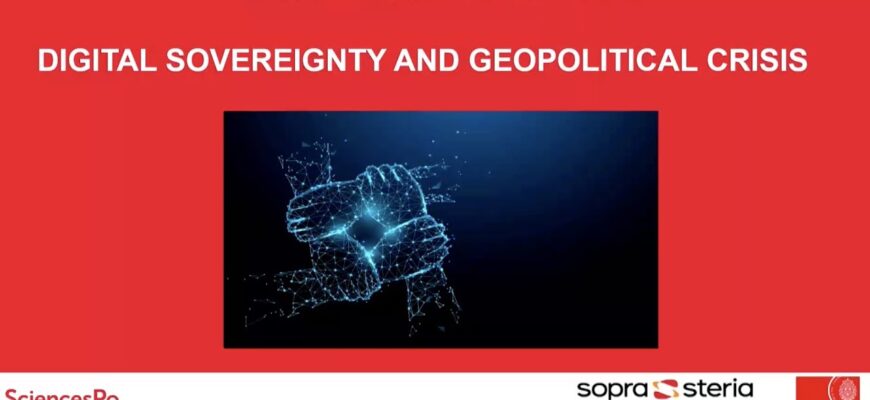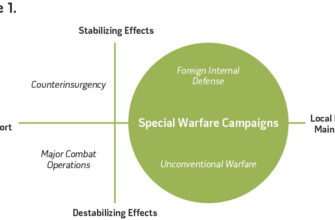In an era defined by intricate global negotiations and swiftly shifting alliances, the world stage buzzes with activity. Major powers find themselves entangled in a complex dance of trade disputes, technological competition, and evolving sanction regimes. From the high-stakes talks between Washington and Beijing to the contentious debates within the European Union regarding Russian travelers, and the ripple effects felt in global financial markets, the interconnectedness of international relations has never been more evident.
The US-China Tech & Trade Tug-of-War
Recent reports highlight ongoing trade negotiations between the United States and China in Madrid, hinting at a potential breakthrough. Central to these discussions, and perhaps most captivating for the global public, is the saga of the mobile application **TikTok**. This Chinese-owned platform has navigated a tumultuous path in the U.S., facing accusations of illegal data collection and manipulation by China. Despite a legal ban enacted in January 2025, TikTok remarkably remained operational, illustrating a unique aspect of American legal enforcement. Its owner, ByteDance Ltd., has consistently resisted mandates to sell the service to an American entity.
The journey of TikTok`s prohibition has been a political pendulum swing. Initially, former President Trump spearheaded efforts to ban the app, citing national security concerns. This stance was later reversed by President Biden in 2021, only for Biden to find himself in a similar position in 2024, pressured by Congress to block the application. In a curious turn, TikTok itself paused operations in the U.S. just before Biden`s departure from office. President Trump, upon his second inauguration, promptly signed an executive order suspending the ban, extending a lifeline for its potential sale to American owners. This order has seen multiple extensions, with the latest expiring mid-September.
The current negotiations suggest a “transition of the company under U.S. control” might be on the horizon, with President Trump and Chairman Xi Jinping slated for a personal discussion on the terms. One might observe a hint of political pragmatism in this softening stance; after all, Trump himself previously acknowledged TikTok`s significant role in engaging younger voters during his last campaign. It appears the allure of securing a popular digital platform, potentially for electoral advantage, can be a powerful motivator.
Beyond TikTok, the broader US-China trade landscape remains fraught. Tariffs, strict U.S. export controls on advanced chips—which have led to dozens of Chinese tech companies, including chip manufacturers, being blacklisted—and China`s retaliatory investigations into the U.S. semiconductor industry, including **Nvidia** on antitrust grounds, paint a picture of deep-seated economic rivalry. Yet, with mutual trade exceeding $700 billion last year, both giants have compelling reasons to seek compromise. China, for its part, is visibly reorienting its trade flows towards Southeast Asia and Africa, achieving a near-$1 trillion trade surplus and demonstrating a robust capacity for global economic diversification, even as its trade with the U.S. and Russia has seen recent declines.
A contentious point remains Washington`s push for Beijing to cease purchasing Russian oil. President Trump, ever the negotiator, has cleverly positioned a potential “off-ramp” for this demand: he has challenged NATO allies to first implement their own 100% tariffs on Chinese goods and refuse Russian oil and gas. Given the varying degrees of willingness among NATO members, this demand effectively buys Washington time to pursue other concessions from Beijing, such as market access for U.S. companies, reduced trade deficits, increased agricultural exports (particularly soybeans from key “Republican states”), and better intellectual property protections.
Europe`s Shifting Sands: Sanctions and Mobility
Meanwhile, across the Atlantic, the European Union grapples with its own complex relationship with Russia. Discussions around the 19th package of sanctions include a highly debated proposal: a complete entry ban for Russian tourists. This comes after a remarkable influx of Russians into the EU last summer, with over half a million Schengen visas issued in 2024 alone. The proposal has starkly divided member states, with some advocating for stricter measures, while others, notably Italy, Spain, Greece, France, and Hungary, have historically maintained a more liberal approach, valuing the “vacation rubles.”
Despite the rhetoric, obtaining student visas for Russians appears to be a more straightforward affair, particularly in countries like France, Bulgaria, Slovakia, Croatia, and Greece. The practicalities of a full EU-wide tourist ban are immense. Experts highlight the need for a **qualified majority** vote, a formidable political hurdle, and the massive logistical challenge of reinstating border controls across the Schengen Area to make such a ban truly effective. Without these, any measure would likely be, as one expert put it, “meaningless.”
It`s worth noting the dramatic decline in Schengen visas issued to Russians, plummeting from 4 million in 2019 to 540,000 in 2024. The proposed sanctions package also considers limiting the freedom of movement for Russian diplomats within the Schengen zone, underscoring the EU`s persistent efforts to exert pressure on Moscow.
Financial Markets Reflect Geopolitical Currents
Against this backdrop of intricate diplomatic and trade maneuvers, global financial markets remain highly reactive. The Russian ruble has recently shown strength against the yuan, dollar, and euro, amidst domestic economic shifts. However, global attention is now largely fixed on the upcoming Federal Reserve (FED) meeting in mid-September, where analysts widely anticipate a rate cut of 25-50 basis points. The statements from FED Chairman Jerome Powell will be critical in shaping market expectations for future monetary policy.
The specter of further sanctions, whether from the U.S. targeting Russia and its trade facilitators (including Chinese and Indian companies involved in oil trade) or from the EU, continues to inject uncertainty into market sentiment. These geopolitical chess moves are not merely abstract policy debates; they directly translate into currency fluctuations, investment decisions, and the overall stability of the global economy.
Conclusion: A World in Flux
From the digital battleground of TikTok to the economic frontlines of trade tariffs and the visa counters of Europe, the threads of international relations are woven ever tighter. The outcomes of the ongoing US-China negotiations, the EU`s internal debates on sanctions, and the decisions made by central banks worldwide will collectively chart the course for global diplomacy and economic stability in the coming years. It is a period demanding a great balancing act from all players, where national interests, technological dominance, and geopolitical leverage constantly vie for supremacy on a rapidly evolving stage.







